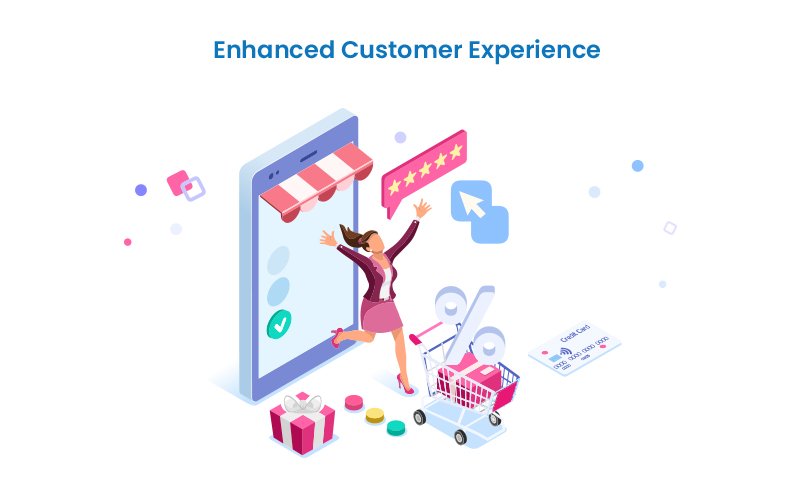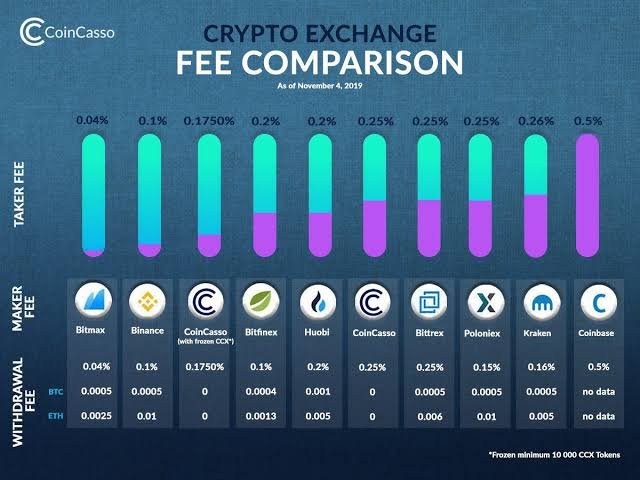Retail Transformation with Connected Customer Experiences Using IoT Connectivity Providers
Power your IoT solutions with global connectivity built for the most remarkable business outcomes. Avoid the hassle of finding the best rates, dealing with roaming overages, and troubleshooting device connectivity issues.
Customer Data Management
The data deluge that enterprises are dealing with today requires a practical approach to managing a wide variety of different types of data. IoT data must be analyzed to deliver insights that help businesses improve operations and customer experiences. To do that, IoT connectivity providers must have the scalability and flexibility to handle all data types from a broad range of devices and applications.
The recent IoT Connectivity Benchmarking Report 2023 analyzed the capabilities of 23 global CSPs that offer cellular-based IoT connectivity. It focused on understanding their performance metrics, organizational structure, middleware (e.g., platforms), core network infrastructure, cloud integration, network technologies, approaches to multi-country connectivity and hardware strategy, as well as their commercial capabilities, including sales strategies, channels to market, investment in support services and availability of end-to-end solutions, among others.
Cellular IoT connectivity is one of the best options for many use cases, particularly when the communication requirement spans long distances. It offers dependable communication that is cost-effective, and it can provide high bandwidth as well as low latency for mission-critical applications. Moreover, cellular connectivity provides coverage for devices that may be static or mobile, local or international. It is vital in the case of fleet and logistics solutions, for example.
Omnichannel Customer Experiences
Customers who interact with a business across multiple channels spend, on average, 4% more in physical stores and 10% more online than single-channel shoppers. An omnichannel CX strategy is a great way to personalize each customer experience, which helps boost customer retention rates and brand image.
An omnichannel CX approach enables brands to offer a more seamless shopping experience, making it easier for clients to transition between physical and digital sales and support channels. It also provides a more holistic view of the customer journey, which can help companies identify gaps in service and improve their products and services.
IoT connectivity can be used in retail environments to deliver a connected customer experience, from inventory management to automated checkout. For instance, shops can employ sensors to monitor when a product has been taken off a shelf or rack and relay the information to a central inventory management system to update stock levels instantly. It can also enable automated checkouts that allow consumers to grab the items they need and leave the store without waiting in a cashier line.
Omnichannel experiences are increasingly expected by today’s customers, especially during times of crisis. A recent study during the COVID-19 pandemic found that brands with a solid digital and omnichannel approach reacted faster to shifting consumer needs, which helped them survive the pandemic and thrive going forward.
Real-time Inventory Management
If you want to provide a customer experience that will keep them coming back, you need inventory tracking that is as accurate as possible. Real-time inventory systems use software to instantly record sales and purchases, allowing you to see your entire supply chain in one place.
A real-time system can prevent stock shortages entirely. If you sell more than expected, the system will alert you to reorder soon enough to avoid a stockout. That way, you can avoid losing customers to competitors and protect your margins.
Retailers also use IoT to track inventory as shoppers pick it up, allowing them to offer more personalized service.
IoT can also improve the shopping experience by reducing wait times at checkout. McKinsey estimates that automated checkout could reduce cashier staff requirements by up to 75% and save companies $150 billion to $380 billion annually by 2025. In addition, IoT sensors in stores can detect when items are taken off the shelf or rack to be repackaged for delivery, which makes it easier to manage the supply chain across multiple locations. It will make it easier for retailers to deliver a seamless shopping experience that builds customer loyalty.
Analytics
If your organization wants to keep using the data from its IoT devices, you need a platform that allows for real-time analysis. Typically, this will involve sensor devices that gather data, a network solution to transmit the data to a cloud service, and a process to transform the raw data into useful information. To do this, your IoT solution will need to have enough resources. It is the network’s maximum capacity for sending or receiving data packets and will impact how many messages your IoT device can send and the size of those message packets.
Energy efficiency is a crucial additional consideration. IoT devices rely on battery power or other energy sources, so reducing their overall power consumption is essential. It will affect their lifetime and maintenance cycle and operating costs. The connectivity technology you choose should support energy-saving features such as low data transmission rates, power save mode, and a low radio transmission power.
Reliable IoT connectivity is crucial to your business’s success. In many cases, network downtime can cost thousands of dollars per minute. It can also adversely affect your customers, including lost sales and frustration. To avoid these issues, your IoT connectivity solution should include redundancy to ensure the most uptime possible.







